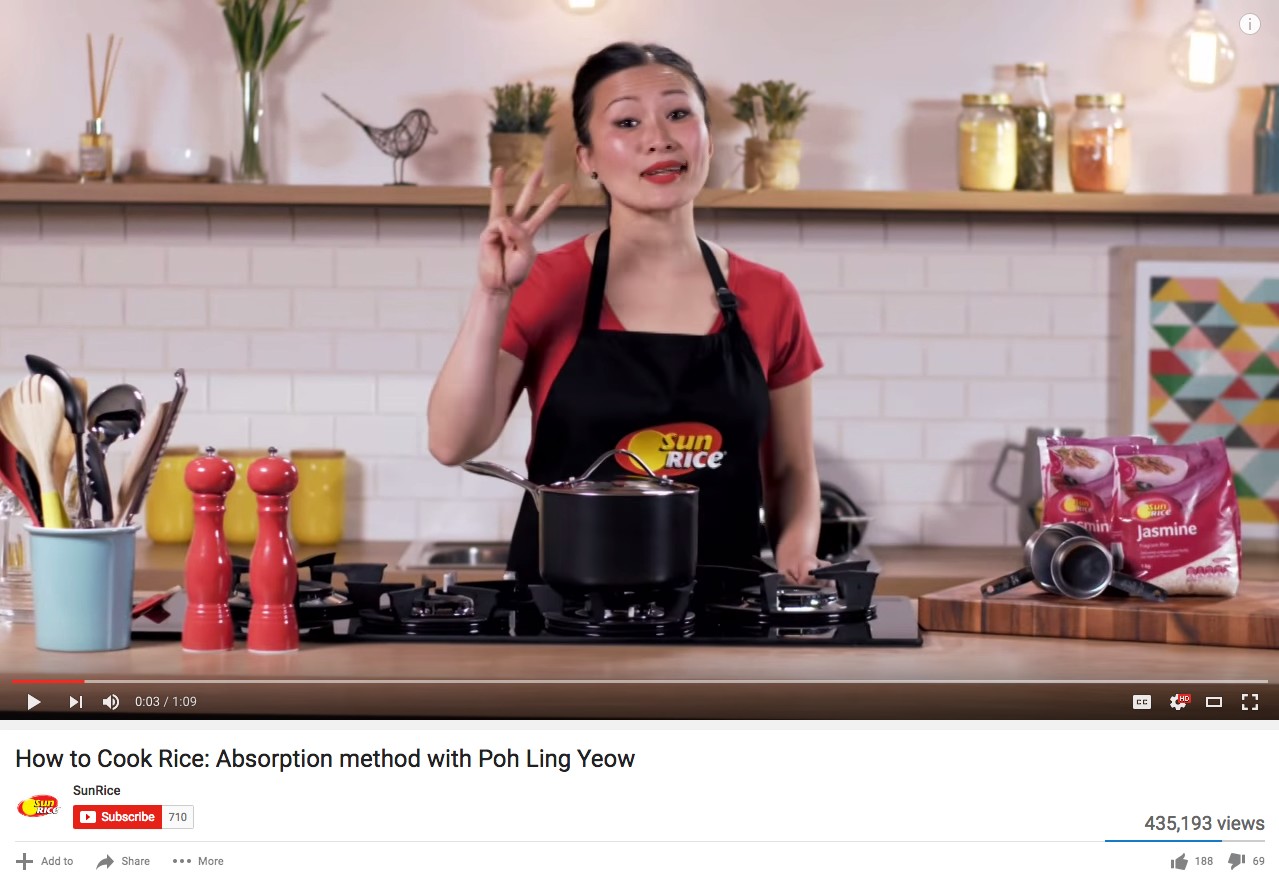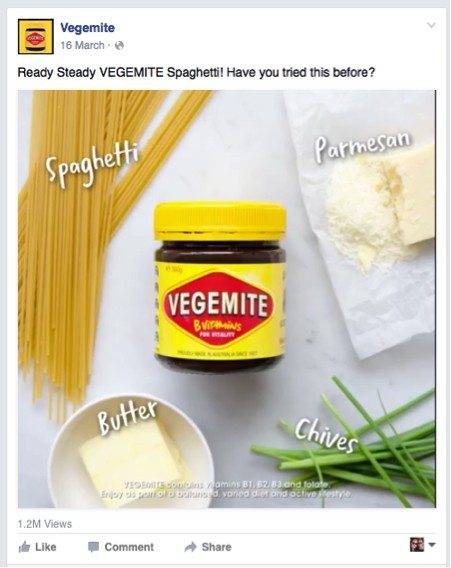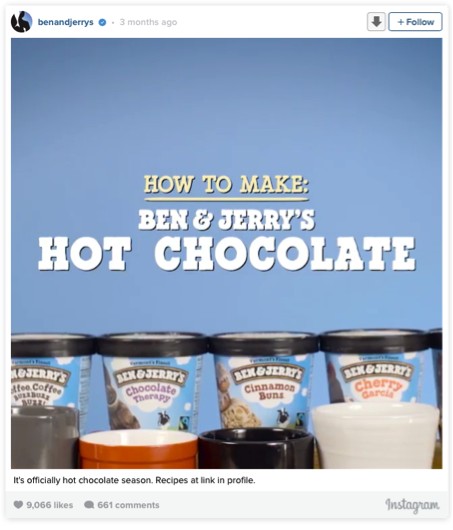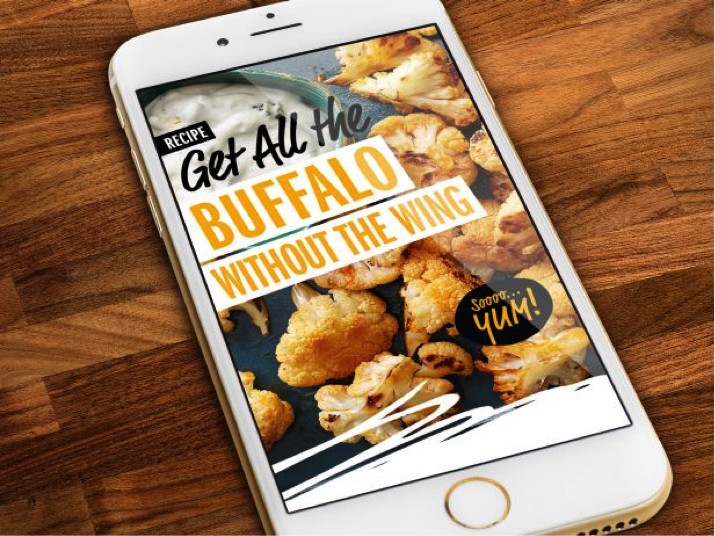While watching the start of MasterChef Season 8 this week, I have been reflecting on the power of video content marketing to not only stimulate wannabe chefs, but also regular home cooks who are looking for new recipes to break the mid-week boredom of plain old meat and three veg.
Video is making helpful cooking tips more accessible than ever, especially with smartphones, whether you are in the supermarket or the kitchen. It is the perfect medium for a food brands to get people inspired, teach them a new skill, or just put a smile on their faces – and then share it with their networks.
Because of video’s inherent ability to stimulate the taste buds, this format is driving unprecedented engagement and new brand followers. Which means more love and bigger market shares for the brands that get it right.
With 4 Billion views per day, and regarded as the second largest search engine on earth, YouTube is the “go to” destination for “how to” videos. So it is perfect for targeting your product and recipe content to people who are asking the perennial question, “what’s for dinner?” or “how do I do that?”.
YouTube has helped content creators (and brands) build massive food audiences through gourmet recipe inspiration, clever kitchen hacks, simple recipe ideas and easy to follow instructions.
For example, SunRice realised there was still a massive job ahead to educate people on the basics of how to cook rice. By listening to their core audience and analysing feedback, SunRice was able to address peoples most frequent questions. The answer was to create a bunch of simple “how to” videos with SunRice’s brand ambassador Poh Ling Yeow of MasterChef fame and then sit back and watch the brand’s views and engagement go through the roof.


Video is becoming the top way to share on Facebook. Between April 2015 and November 2015, the amount of average daily video views on Facebook doubled from 4 billion video views per day to 8 billion. (Source: Hubspot)
Food plays a big part of this video wave. With a combined 2.6 billion video views on Facebook last month, BuzzFeed Tasty, and BuzzFeed Food were the most watched food publisher pages.
For brands, we feel that Facebook is a great place for lighter, more entertaining or fun short form content that is easy to digest (pardon the pun) as it comes up in your Facebook feed (also another food pun, sorry).
Vegemite does this beautifully with simple recipe ideas like cheesy vegemite pasta in 28 seconds – love or hate the taste of vegemite, the video instantly stimulates an emotional response, requiring everyone to like or dislike it (thanks to that new dislike button on Facebook). But arguably even a dislike for vegemite is good for the brand – think about the “I Hate Marmite” campaign from a few years back in the UK. This is a brand that people just have to take sides on.
With around 400 million active monthly users, Instagram continues to be one of the most important social platforms for video publication and distribution. Food influencers have amassed huge audiences here – with food pornesque imagery and snackable (yet another food pun) 15 sec videos that make the mouth water.
We love what Ben and Jerry’s is doing with their series of hints and tips that stimulate extra consumption opportunities for ice-cream. These link back the B&J website where people can watch longer form YouTube video tutorials.
Recently, Instagram has allowed users to upload up to 60 seconds videos, instead of just 15, encouraging brands and influencers to develop the creative narrative further, giving brands more opportunities to develop even more emotive, beautiful and engaging content.


With 100 million daily users and 8 billion daily video views, this platform provides the place to absorb content around the clock and follow the ‘behind the scenes’ of recipes and meals in a very quick and concise way.
Giving users the opportunity to see what the best food channels like Food Network, Tastemade and foodies are sharing in a very short amount of time, but long enough to engage.
Next week in Part 2 of this post, I will explore some of the best food and recipe publishers to see what brands can learn for their own video content.
In the meantime, if you would like to find out more about the power of video to drive more connections, engagement and sales for your brand, please get in touch.
Disclosure: SunRice is a client of FORWARD Agency.